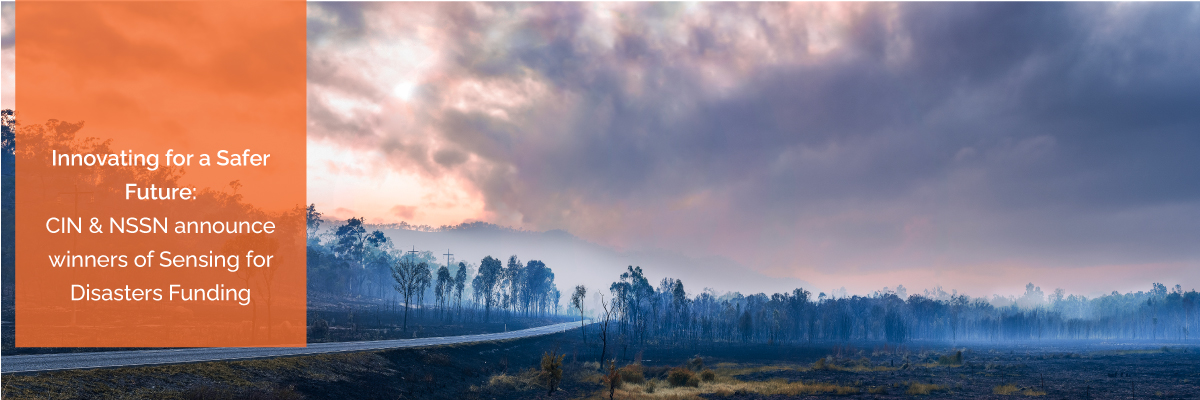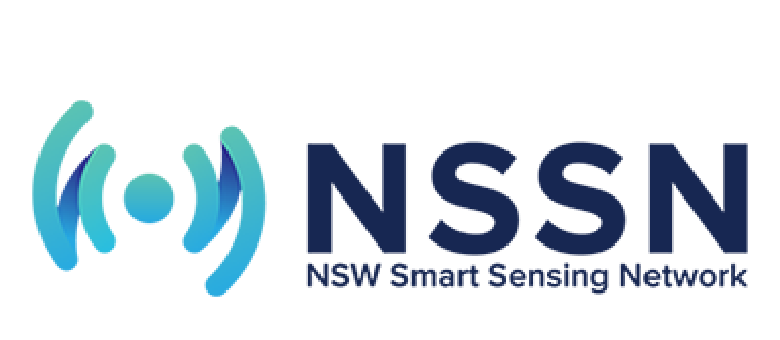CIN and NSSN award funding to three Sensing for Disasters projects

The Connectivity Innovation Network (CIN) and the NSW Smart Sensing Network (NSSN) are pleased to announce the winners of our joint call for proposals on Sensing for Disasters. This initiative follows the Regional Connectivity Challenges Symposium held on September 26-27, 2023, which underscored the urgent need for advanced disaster sensing technologies.
The increasing frequency and severity of natural disasters, driven by climate change, pose unprecedented challenges to our economy and communities. Effective disaster management requires advanced, real-time, and accurate sensing technologies. Existing solutions, such as satellite imaging, weather radar, and water gauges, have proven inadequate, as evidenced by the devastating Lismore floods. This situation calls for innovative approaches to better prepare our communities and emergency services.


In response to these challenges, the CIN and the NSSN issued a joint call for proposals aimed at developing disaster sensing technologies in physical and information sciences, and engineering. The goal is to create new technologies that are reliable, accurate, and capable of real-time disaster prediction and monitoring, particularly for floods and bushfires.
Recognising the need to balance long-term research with immediate impact, the call for proposals was divided into two streams, each with a 12-month duration:
Stream 1: Fundamental research aimed at completing theoretical proof or lab experiments.
Funding: Up to $40,000 per project.
Stream 2: Innovative projects that can be demonstrated in the field.
Funding: Up to $150,000 per project.
The Winners
Following a rigorous assessment process, three projects have been selected as winners. These projects include pure theoretical research to push the boundary of integrated sensing and communications technology, an AI-based geospatial sensing management platform to optimise sensor deployment and maximise sensing accuracy, and a low-cost robust wireless rain gauge to revolutionise the way to monitor rainfall.
1. Jinhong Yuan, University of New South Wales
Project title: Integrated Sensing and Communication Technology for Disaster Monitoring
Funding: $39,959
Duration: 12 months
2. Wanchun Liu, University of Sydney
Project title: Advanced AI-Enhanced Geospatial Sensing for Disaster Management
Collaborators: University of Technology Sydney and Pivotel Satellite
Funding: $40,000
Duration: 12 months
3. Kai Wu, University of Technology Sydney
Project title: A Novel Real-Time and Accurate Wireless Rain Gauge
Funding: $149,092
Duration: 12 months
These projects promise to push the boundaries of disaster sensing technology and provide benefits to the citizens of NSW, especially those in regional areas affected by natural disasters. We look forward to seeing the positive impacts of these innovations in disaster preparedness and response.
For more information or enquiries about these projects, please contact admin@connectivityinnovationnetwork.com
Follow us on LinkedIn and subscribe to our mailing list for updates on the progress of these exciting initiatives!
